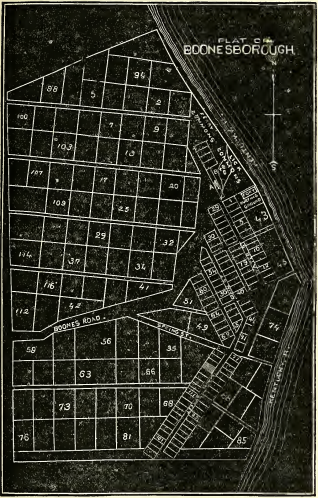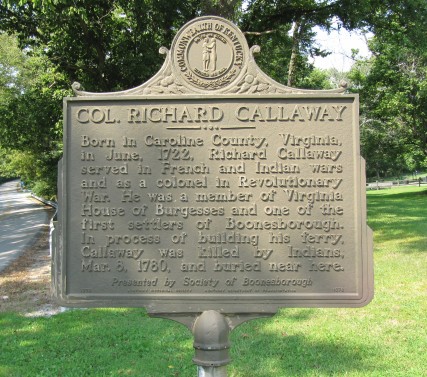|
 |
|
|
The Town of Boonesborough Fort Boonesborough was formally established as a town in October 1779 by the Virginia Legislature. Ironically, Daniel Boone moved in December 1779 about 7 miles northwest across the Kentucky River to his son Israel's Station in Fayette County. Some say Boonesborough was getting too crowded for Daniel's liking. A 1789 report on "The Colony of Kentucky" says Boonesborough consisted of 120 houses. A plat map of Boonesborough thought to be about 1789 shows at least 111 lots, as well as the location of the old fort, by then a burying ground. As rumors of Kentucky's possible statehood ciculated, Boonesborough was even promoted as a potential capital for the new commonwealth. Between 1792 and 1814, Boonesborough was a bustling shipping point for tobacco and other products. But by 1800, the town itseld had started to decline in population. The 1810 census only listed 68 people living there. The 1820 census no longer listed Boonesborough as a town. |
 |
|
|
The 1st Ferry in Kentucky
|
 |
|
|
|
||